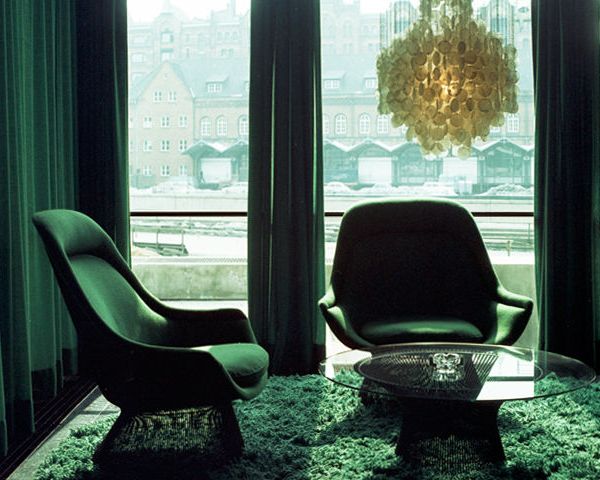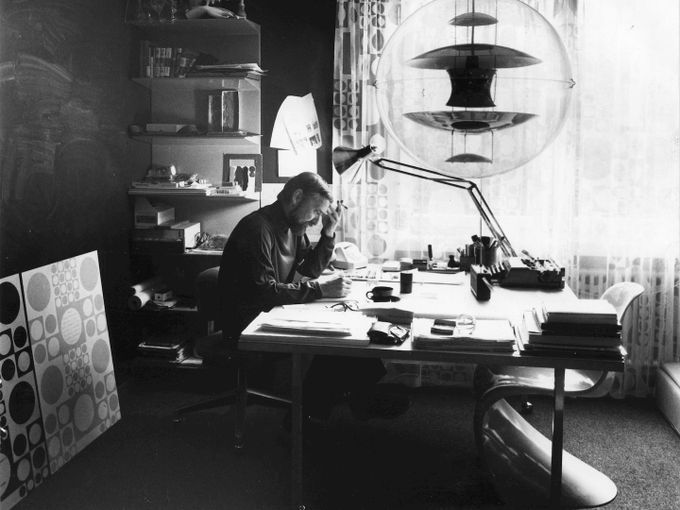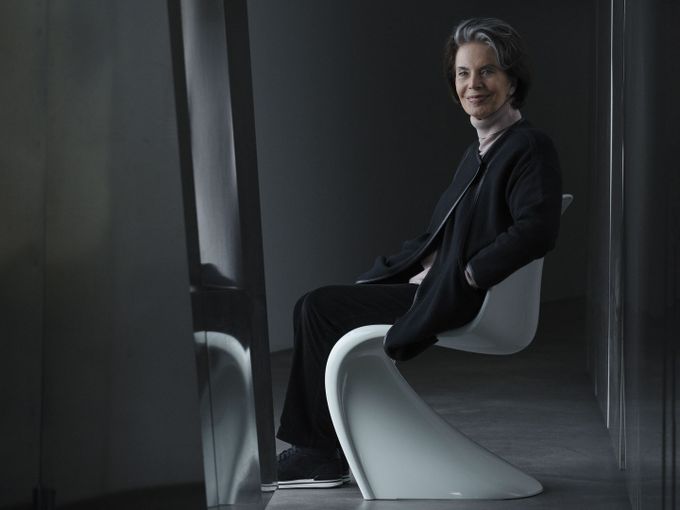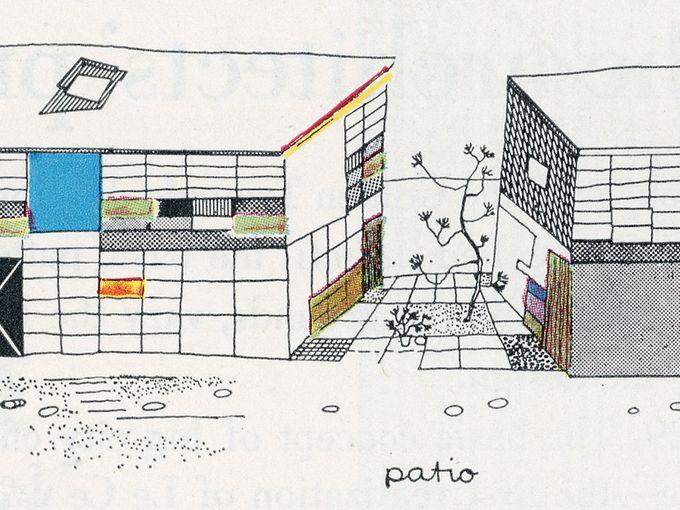What is Colour?
by Verner Panton

"Choosing Colours should not be a gamble. It should be a conscious decision. Colours have meaning and function," says Verner Panton. In the book "Notes on Colour", the Danish designer collects his ideas and thoughts on colours. An extract.
"Colours are a subjective, physical perception – they really don’t exist at all. Yellow is yellow only in our thoughts. It is only the function of our eyes that creates colours. Everything in our surroundings has a color – only water (distilled) and schnapps are colourless!"
© Verner Panton Design AG
"Colourless is only what light can penetrate completely. A colour has its origin in the purely physical world. It originates in light rays being reflected from or penetrating a substance. The things we see get their colour and appearance from rays of light.
The rays of light hit an object, are reflected by or penetrate it and are picked up by the eye, Some of them are absorbed by the object thus changing the intensity and composition of the reflecting or penetrating light."
"Colourless is only what light can penetrate completely. A colour has its origin in the purely physical world. It originates in light rays being reflected from or penetrating a substance. The things we see get their colour and appearance from rays of light.
The rays of light hit an object, are reflected by or penetrate it and are picked up by the eye, Some of them are absorbed by the object thus changing the intensity and composition of the reflecting or penetrating light."


"The perception of colour depends on the source of the light. The sun is our most important source of light. Daylight is rich in blue tones. In contrast the standard light bulb does not contain much blue or violet but has a great deal of yellow, orange and red. Sunlight has a more golden tone. When it falls on fresh snow it looks more yellowish while fresh ski tracks cast a blue shadow because of the pure light from the sky."
© Verner Panton Design AG
"Textiles seem to have different shades of colour by daylight and by lamplight. A scarlet material seem to be intensely red by lamplight and bluish in daylight. A blue-green material seems less blue by lamplight than daylight. When an object reflects more than 80-90% of the light falling on it we perceive it as white. When it absorbs more than 95% of the light it appears black."
"Textiles seem to have different shades of colour by daylight and by lamplight. A scarlet material seem to be intensely red by lamplight and bluish in daylight. A blue-green material seems less blue by lamplight than daylight. When an object reflects more than 80-90% of the light falling on it we perceive it as white. When it absorbs more than 95% of the light it appears black."
Publication date: 8.6.2017
Author: Verner Panton. From "Verner Panton: Notes on Colour". Danish Design Center; Copenhagen; 1991.
Images: © Verner Panton Design AG








